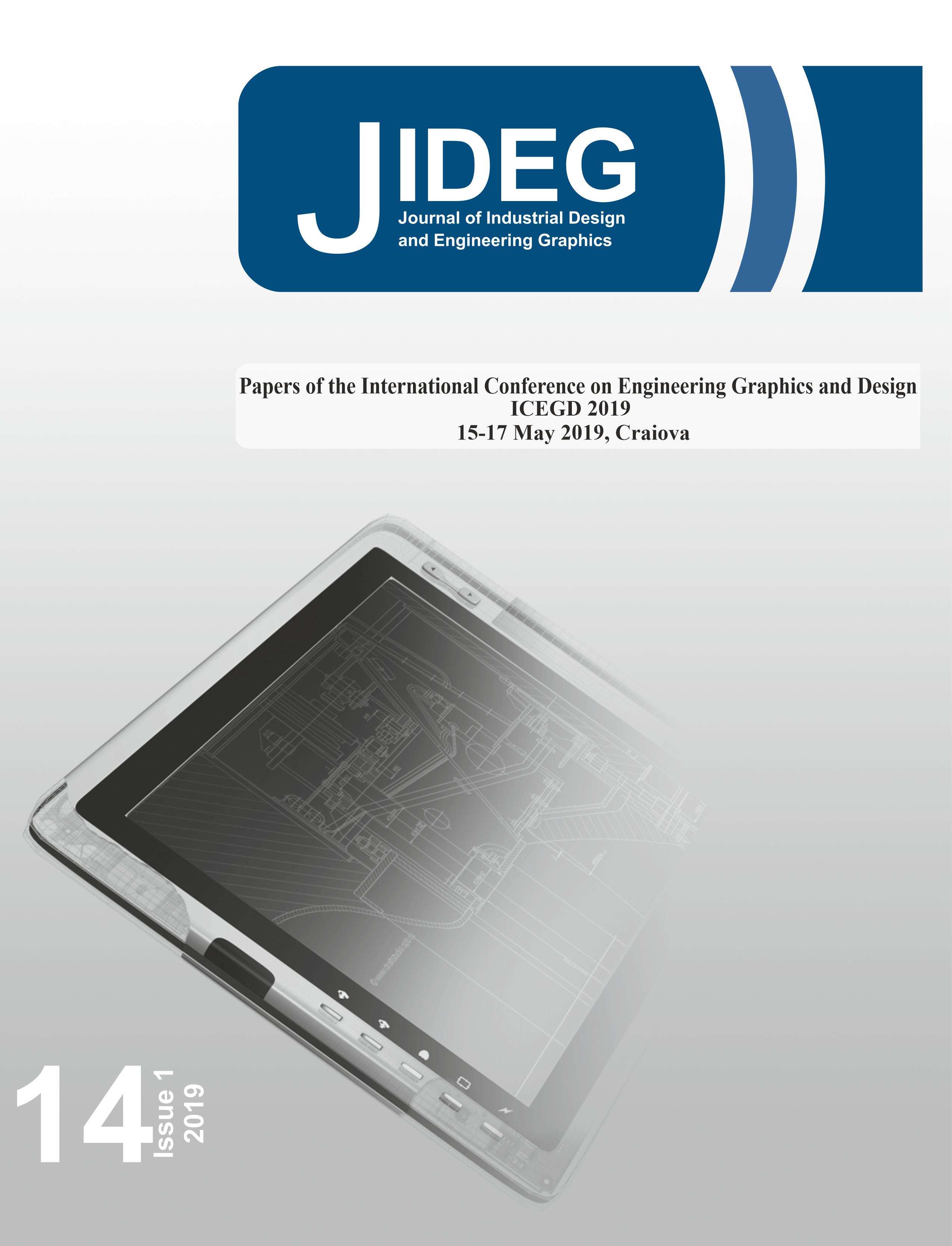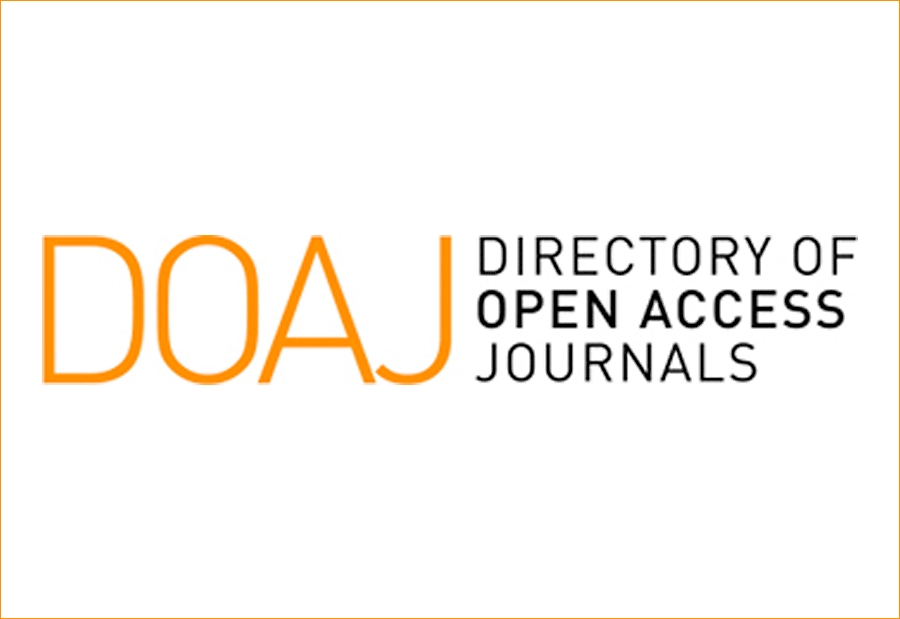USING TOPOGRAPHIC ELEVATIONS IN CREATING TRAFFIC SCENARIOS IN JUNCTIONS
Keywords:
road signs, traffic, fluidization, vehicles, light signalsAbstract
Due to the changes in the road traffic caused by the continuous growth of the motor fleet, the increase of the existing fleet mobility index and the increase in the number of vehicles passing through the city, it is usually necessary to intervene in the road traffic with traffic lights. It is necessary to transform the old system of the traffic network into a new efficient system, corresponding to a new road infrastructure with increased vitality. The paper aims to demonstrate the use the elevation from topographic equipment’s to design the junctions vertical and horizontal signalization, in every detail.
Downloads
References
Andrews, C.M., Elahi, S.M., Clark, J.E., Traffic-Control System, Transportation Research Record, pp. 150-155, 1998.
Martin, Treiber, Dirk, Helbing, Microsimulation of Freeway Traffic Including Control Measures, (2002).
Boyer, Kenneth D., Principles of Transportation Economics, Addison Wesley Longman, 1999.
Dowling, R., Definition, interpretation, and calculation of traffic analysis tools measures of effectiveness, Federal Highway Administration, Washington DC, 2007.
Stewart, J. A., Aerde, M.V., An Assessment of Adaptive Co-ordination of Traffic Signal offsets within integration, Traffic Engineering and Control, Volume 39, 1998.
Matei, L., Dumitru I., Racila, L., Vinatoru, M., Adaptive traffic signal control on a national road intersection, Applied Mechanics and Materials, ISSN: 1662-7482, Vol. 822, pp 455-460 .
Oana, O., Ilie, D., Victor O., Lucian, M., The role of info-mobility systems in optimizing the public transport. Case study Craiova, AMMA 2013 - Automotive Motor Mobility Ambient, 17-19 October, Cluj – Napoca.
Transportation Research Board, Highway Capacity Manual 2010, American Association of State Highway and Transportation Officials (AASHTO) and Federal Highway Administration, 2010.

Downloads
Published
Issue
Section
License
Copyright (c) 2020 Journal of Industrial Design and Engineering Graphics

This work is licensed under a Creative Commons Attribution-NonCommercial 4.0 International License.






